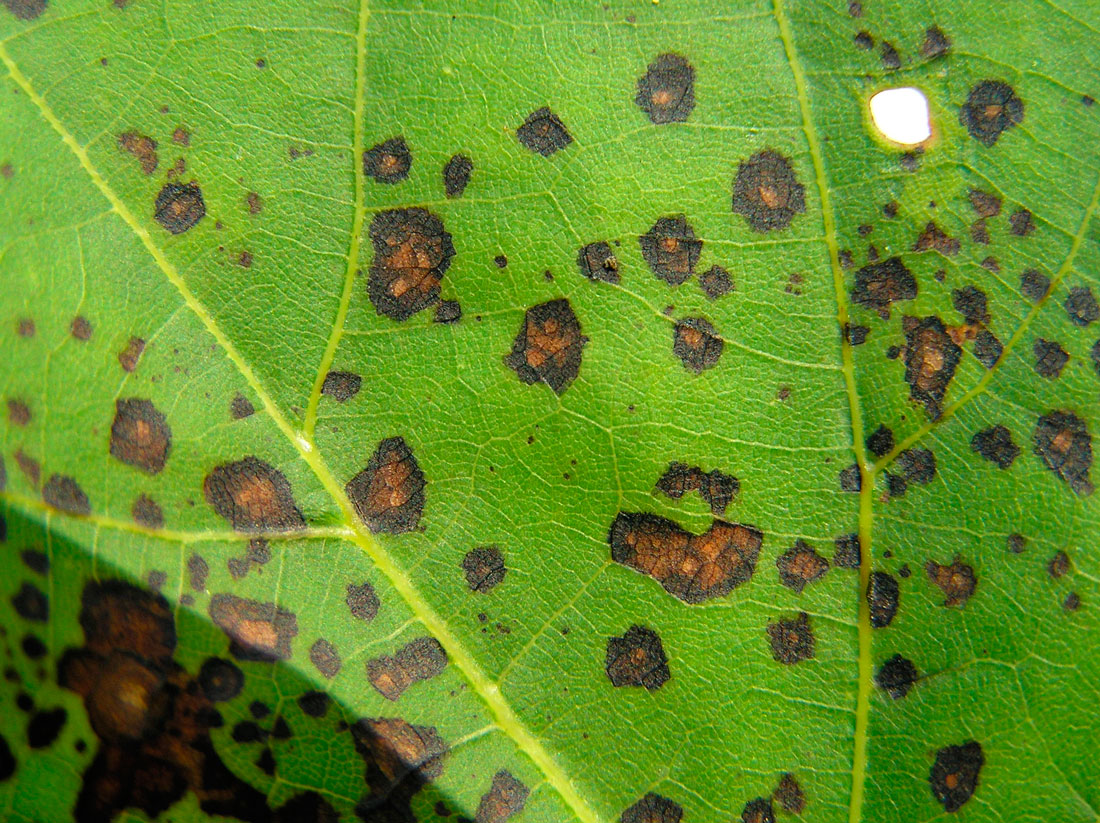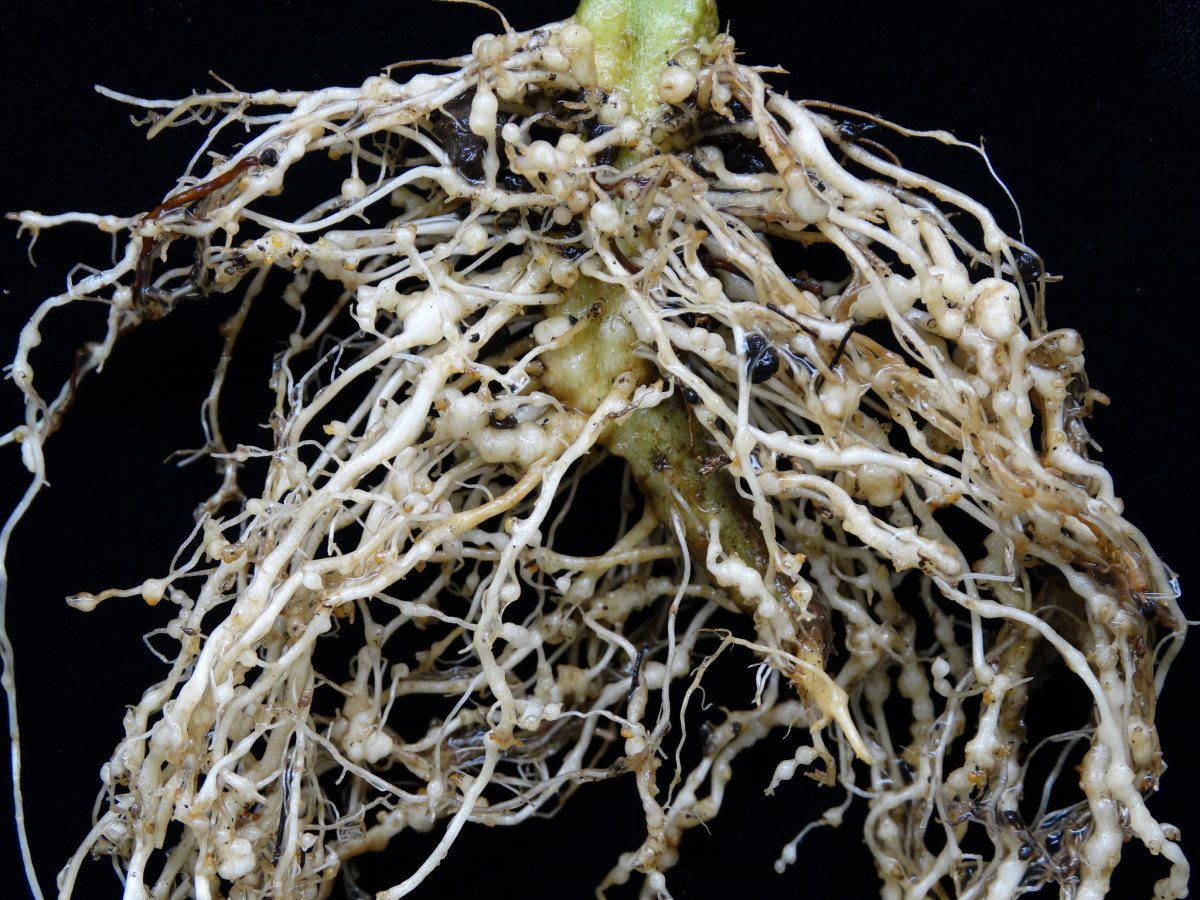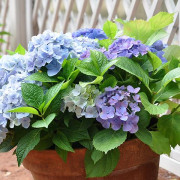Why do hydrangea leaves curl and wrap in a boat
Content:
Hydrangea is a versatile plant that thrives both in the room and in the flower garden. Shrubs have bright green leaves, nature has endowed the culture with a wide variety of colors from white to purple. Every owner always wants his plants to be in good health, but sometimes problems arise during the growing process, for example, curled leaves of the hydrangea. This ailment will be discussed further.
This culture is demanding for care measures. There are a number of factors to which a plant has a very acute reaction. Diseases of the leaf plates provoke:
- bright sunlight;
- excessive watering;
- lack of nutritional components;
- the acidity of the soil changes.
Why do leaves fall
Yellowing and shedding of foliage indicate that watering is insufficient in hot weather, and there is also a deficiency of minerals. To prevent aggravation of the situation, increase the amount of water and apply fertilizers. The frequency of introduction is once every 10 days.
Dry and wet blackening of leaves
In the first case, the appearance of brown dry spots is characteristic, they gradually spread throughout the foliage. The disease manifests itself in two cases: with excessive water hardness and from sunburn. As a treatment, the hydrangea is shaded and the watering fluid is defended.
In the second disease, the leaf plates acquire softness, shapelessness and darken. The reason is sharp temperature drops, heavy soils, excess moisture. Exit in this situation 2: elimination of irritants or hydrangea transplant.
Hydrangea chlorosis
This ailment occurs when there are daily temperature fluctuations. The health of a plant is influenced by both the quality of the soil and the lack of useful microelements. Before talking about treatment, as well as preventive measures, you need to get acquainted with the symptoms.
How does the disease manifest
- Yellowing of leaf plates;
- The edges of the leaves are curled in a boat;
- Fall off;
- The buds and flowers lose their shape, and the plant sheds them;
- The upper part of the shoots dries out;
- The root system stops in development, dies off;
- Plant death.
Prevention and treatment
The best crop protection measures are soil control and the creation of a suitable acidic environment. If you miss the moment, you will have to fight chlorosis.
Recommended activities:
- change of land;
- organization of watering with an oxidizer;
- iron is added to the soil and water.
Those who do not trust modern drugs are encouraged to make a remedy for treatment on their own.
Recipe number 1:
- ferrous vitriol - 2 grams;
- citric acid - 4 grams;
- water - 1 liter.
The resulting mixture is used to spray the leaves.
Recipe number 2:
- calcium nitrate - 40 grams;
- water - 10 liters.
It is used for watering, it is carried out several times, therefore, calcium nitrate is replaced with iron sulfate in the same amount and again applied at the root.
All this will help to avoid such a phenomenon as the leaves of the hydrangea curl around the edges.
Peronosporosis (downy mildew)
Another name is downy mildew. The disease is manifested by the spread of dark oily spots on a large-leaved crop. The fungus is characterized by active reproduction under favorable conditions. These are high humidity and stable temperature readings from +18 to 20 ° C.
When choosing agents for combating peronosporosis, you need to pay attention to the fact that they are included in the fungicidal group.
When making a solution on your own, use:
- copper sulfate - 15 grams;
- liquid soap - 150 grams;
- water - 10 liters.
Also, why do hydrangea leaves curl?
Fungal diseases of hydrangea
There are a number of fungal ailments that a plant lover may encounter.
Rot white
Initially, the root system is affected. pathogenic fungi are in the ground. The plant ceases to receive the nutrients necessary for life, acquires a brown color, sometimes foliage begins to wrap, and then death occurs.
The most striking symptom is the formation of a white cotton-like bloom on the shoots, as well as a change in their color to a darker one. If untreated, black specks form on the plaque. They are called sclerotia.
For treatment use:
- "Fitosporin";
- Fundazol;
- copper chloride.
Rot gray
Plant tissues become soft and watery. With excess moisture, the crops are covered with gray fluff. If the weather is dry, then the affected areas begin to dry out, then die off. As a result, leaf plates and stem parts become full of holes.
At the first stage of the fight against the disease, it is necessary to remove the affected and dead parts of the plant. Treatment is carried out with Chistotsvet, Skorom, Fundazol. Means are most effective for indoor hydrangea varieties. The garden plant must be treated three times with "RovralFio 255 SC". The break between procedures is 21 days.
Septoria
The following symptoms are characteristic:
- the appearance of brown-dark spots;
- gradual dying off and falling of the leaf plates.
If you do not carry out treatment, then all the leaves will fall off the plant, and it will die. The neglected form is manifested by the transition of spots to shoots.
Septoria can be defeated by removing all affected parts, followed by treatment of the culture with copper-containing agents. Copper sulfate, copper oxychloride are suitable, they will prevent the leaves from curling at the hydrangea.
Powdery mildew
The identification of the disease is carried out by the appearance of green-yellow spots, then they turn brown and become clear-cut. On the underside, the leaves are covered with a bloom of gray or purple.
Lack of treatment leads to the fall of the leaf plates, deformation and death of young shoots in the winter.
Treatment is carried out with drugs:
- "Fitosporin";
- "Alirin".
If the disease has passed into an advanced stage, then it is better to use:
- "Pure color";
- "Tiovit";
- "Topaz";
- "Jet";
- "Soon."
Hydrangea Viral Ring Spot
Why do hydrangea leaves curl? Diseases of this type are infectious and enter the garden through garden tools, from nurseries where new tree-like plants were purchased, from already infected green inhabitants, insect pests are also carriers.
The greatest danger the disease is for paniculate hydrangeas, it manifests itself as follows:
- ring-shaped spots will appear on the leaf plates;
- curling of foliage and its fall.
There is no cure for ring spot. Nothing can be done here, the only way is to destroy the diseased shrub and take preventive measures.
Flower cancer
This ailment appeared not so long ago, most often weak plants with mechanical damage suffer from it.
Symptoms:
- The appearance of brown spots. Both leaves and stems are affected;
- On the reverse side of the leaf plate, small ulcers form under the spots;
- Foliage may curl.
The disease is not cured. Affected plants are burned so that an epidemic does not start.
How to protect your garden hydrangea from disease and pests
Often, green spaces suffer not only from ailments, but also from pests. Depending on who attacked the plant, treatment measures are selected.
Leaf aphid
From such insects, depending on the size of the colony, measures are used:
- Rinsing plants with soapy water or a hose stream. In the latter case, care must be taken not to damage the hydrangea;
- Large colonies are destroyed with insecticidal agents such as Iskra or Zubr.
Spider mites
Their appearance is determined by the presence of small red spots. They can be found on leaves and stems. The leaves are often curled and folded. The remedy is chosen depending on the number of insects:
- Small colony - leaf plates are washed with soapy water or mineral oil;
- Special tools will help with large distribution. Most often they use "Lightning" and "Akarin".
Gallic nematoda
Refers to microscopic worms. The defeat begins with the root system, then further along the trunk. The pungent secretions of parasites poison the entire plant.
Infection can be detected by the formation of red galls on the root system and at the base of the stem.
The way to combat is preventive measures:
- for successful reproduction in the soil of predatory nematodes and special fungi - parasites of worms, a small amount of sugar is placed in the ground;
- before planting plants, the land is cultivated with "Aktofit" and "Fitoverm".
Disease prevention
In order for the crops to always remain healthy and delight the owners with lush flowering, it is necessary to take measures that prevent the development of ailments or minimize their appearance:
- Track indicators of soil acidity. Use soft water for irrigation. Apply fertilizers containing nitrogen with great care.
- If necessary, arrange shading for the hydrangea in the hot summer period so that there are no burns on the green parts of the bushes. Overdried soil contributes to the appearance of powdery mildew and peronosporosis, therefore, close attention must be paid to moisture.
- Purchase of quality healthy planting material. Periodic disinfection of garden tools. Timely removal of diseased plants.
- Treating shrubs in spring with fungicides to prevent fungal infections.
Any disease is always easier to prevent than to cure. Observing the simple rules outlined in the article above, you can minimize the risk of manifesting one or another ailment. At the same time, the reasons were highlighted why hydrangea leaves twist, and what to do in these cases.






















